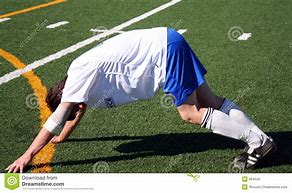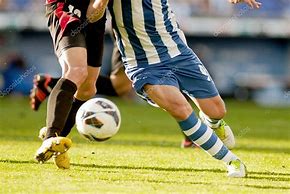5 Tips for returning to sport
Follow what Greg has learned on returning to soccer at 30
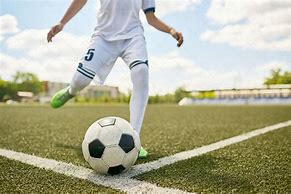
This year, amidst my ongoing quarter life crisis, I decided to return to playing soccer again. Now that I am in my thirties and don’t allocate as much time as I would like to exercise, a team sport that required me to train and play weekly seemed like a good way to force the issue. In any case, it had been seven years since I last played a full game, and two years since I ran for longer than 20 minutes at a time. It was safe to say that training for two hours and playing a 90 minute competitive game every week would represent a dramatic increase in soft tissue and joint loading – loading that my body was in no way ready for.
This large spike in activity level dramatically increases the risk of injury. With this in mind, I am writing this so that you can learn from my mistakes. Here are five simple tips that anyone can use to return to sport (or any other activity) as injury free and optimistically as possible:
- Steady increase in workload
Planning is important! In the weeks, or ideally months, leading up to the start of the activity you should gradually increase your workload. Think of where you are now, where you need to be, then gradually start bridging this gap. Incremental increases will allow your joints and soft tissue to adapt to load as it increases. Increasing load too rapidly will overload your soft tissue and result in tendon and/or joint inflammation.
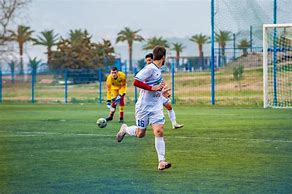
- Warm up and cool down
Make sure to spend at least 15 minutes warming up before vigorous activity. This might include a light jog, some stretching and some activity specific drills. When warming up, stretches should always be dynamic – these stretches are moved in and out of, rather than held, and will improve muscle elasticity without decreasing strength performance. Cooling down is the best time to increase general flexibility – static (or held) stretches are best at this stage to increase muscle length while you are warm from activity.
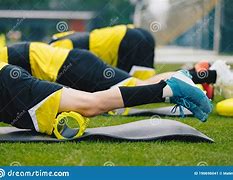
- Optimise recovery
Rest and recovery are a vital part of any training. The use of foam rollers, spiky balls, ice baths and massage are often overlooked. This should be built into your routine and should be done on rest days to prepare the body for upcoming activity. Adequate sleep and a balanced diet are also an important factor in the way our soft tissue recovers after activity as the body needs an array of nutrients to repair and recover effectively.
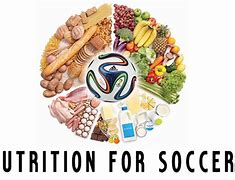
- Listen to your body
Pain is sometimes a helpful friend – it is your brain’s way of warning you that you might be causing damage. Of course, this is not always the case. Pain of around 2-3/10 is usually acceptable when increasing training load. If you begin to feel a bit more fatigued or sore than usual, it is likely because your body is struggling to keep up the demands your activity is placing on it. This might be a good indication to either give yourself an extra day for recovery or to reduce your current workload to a more suitable amount.
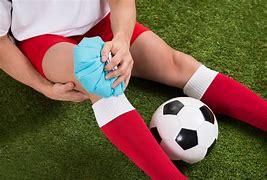
- Get your niggles sorted
If you have been struggling with pain that is beyond normal soreness, is limiting your activity or has not fully resolved over a 3-4 day period, this is the best time to see your physiotherapist for an assessment and treatment. The longer these issues are left, the worse the outcome usually is – the ‘just push through it’ approach has never worked for anyone. Seeing us early will allow us to create a rehab plan, address any predisposing risk factors, and get you back to activity as soon as possible.
